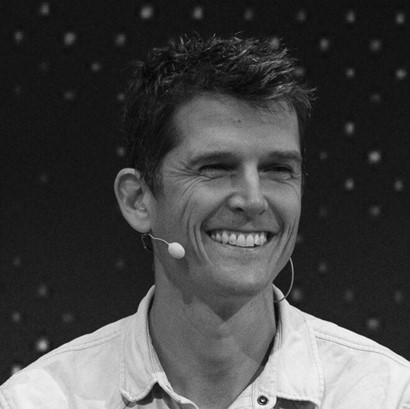Over decades, even centuries, since the boom of the Industrial Revolution, it has delivered tremendous living standards, wealth and comfortable lives to some people, in some parts of the world, at certain times. It has done so, though, at a high cost. That cost continues to be extracted from the planet and many of the people on it, with neither the gain nor pain distributed equally. Embedded deep within the “Take-Make-Waste,” tradition of the linear economy lies a toxic cocktail of negative consequences, ranging from social inequality, to depletion of natural resources, environmental pollution and worsening of the risks and effects of climate change.
Our world economy is only 9.1% circular, leaving a massive “Circularity Gap”
This alarming statistic was the main output of the first Circularity Gap Report, in which we, at Circle Economy, launch a metric for the circular state of the planet. The Circularity Gap Report provides a fact-based framework to measure and monitor progress in bridging the gap, year after year.
Being able to track and target performance via the Global Circularity Metric will help us engage in uniform goal-setting and guide future action in the most impactful way. The report presents a detailed metabolism visual showing how main resource groups satisfy key societal needs, such as housing, mobility and nutrition. It also presents the leaks in the system with an overview of what happens to resources after use in the economy.
In truth, momentum is already building towards adoption of circular economic models. We are witnessing circular economy strategies being embedded within businesses and adopted into government policies. On the global level, two recent examples of international collaboration, in particular, have accelerated the mainstream political and business agenda: The Paris Agreement and the United Nations Sustainable Development Goals (SDGs). To measure economic sustainability only from an environmental perspective, is to miss the point and misunderstand the purpose. By definition, managing an economy is the art and science of “how we run our global household.” An economy should be designed and run to the needs of the participants of the household, provide stability, keep societies together and the household going for future generations. In short, any successful economic model must meet the needs of the society it serves, not merely manage responsibly the natural resources it uses – it is a matter of people and planet, together. The circular economy is therefore an action agenda with measurable impact framework that extends beyond the remit of mere resource efficiency. As a multi-stakeholder model, its systemic approach boosts capacity and capability to serve societal needs, by embracing and endorsing the best humankind has to offer: the power of entrepreneurship, innovation and collaboration.
Today’s Take-Make-Waste economic model is not fit for purpose. Embedded in this tradition of the linear economy lies a toxic cocktail of negative consequences. We now call upon businesses and governments to take leadership to develop an action agenda and contribute to the global targets set in the SDGs and the Paris Agreement. We have identified 4 steps to take action in bridging the circularity gap through leadership and action: 1) Build a global coalition for action; 2) Develop a global target and action agenda; 3) Translate global targets into local pathways for circular change; 4) Improve our understanding of how different levers for circular change affect aspects such as material saving, value retention and climate mitigation.
Closing the circularity gap will reduce income inequality and improve access to basic needs and opportunities. In other words, pursuit of the circular economy is a way to create an economy that works for everybody. The circular economy is a positive, dynamic and interconnected solutions-based framework: it builds on key human qualities, such as creativity, collaboration and entrepreneurship; and is a roadmap towards achieving the SDGs and a powerful tool in the fight against human-made climate change.
Circle Economy, www.circle-economy.com
“Circularity Gap Report,” www.circularity-gap.world



